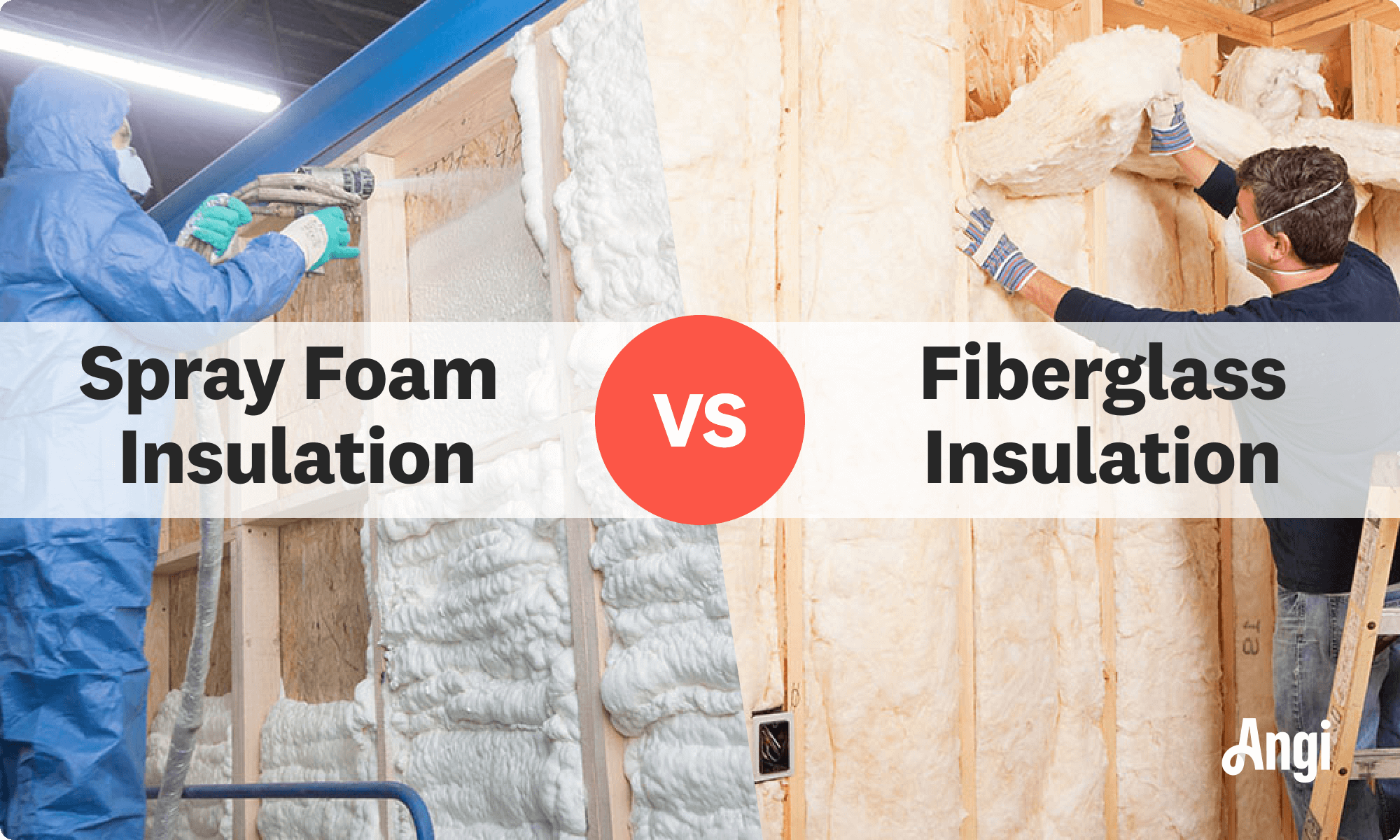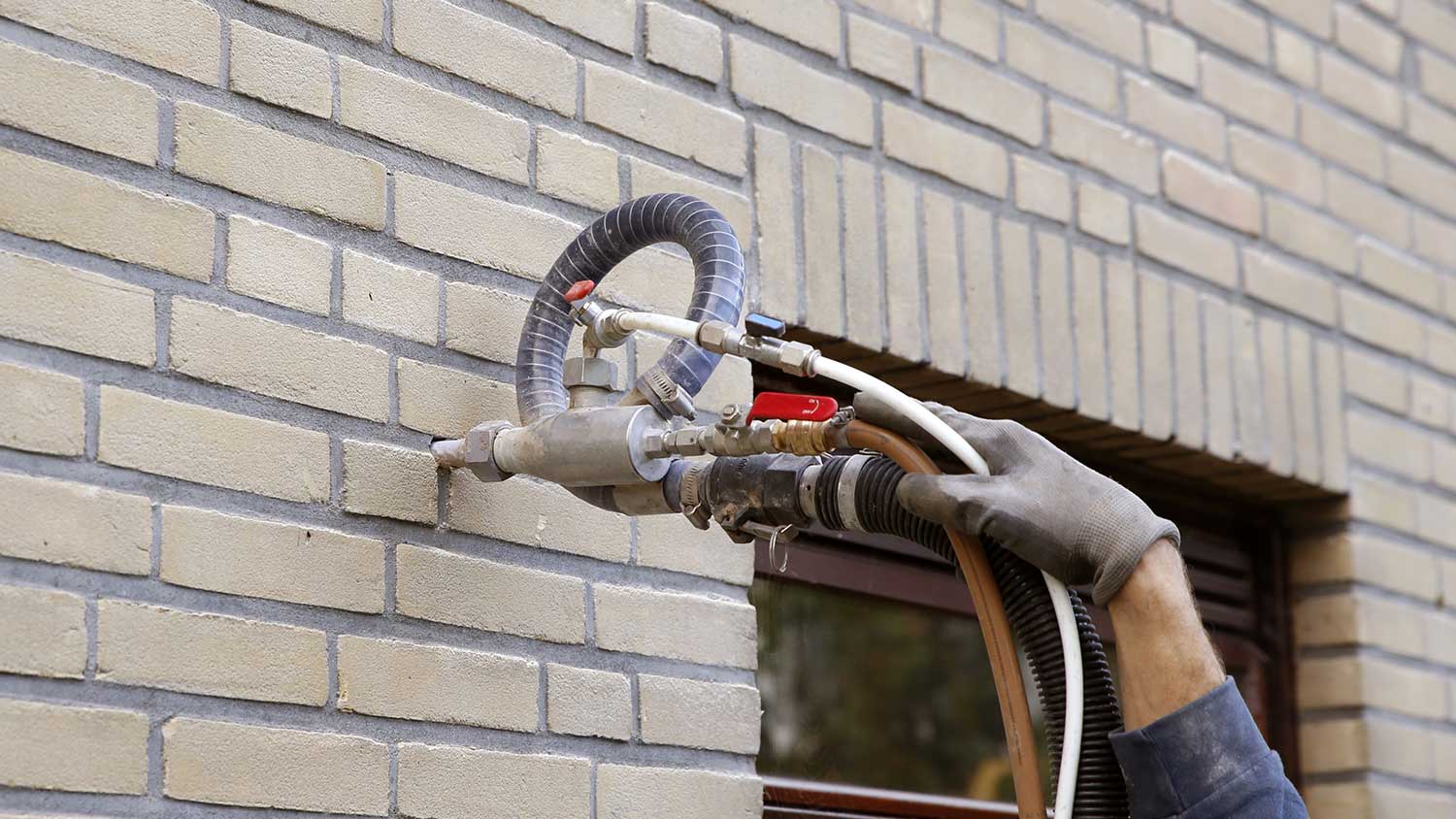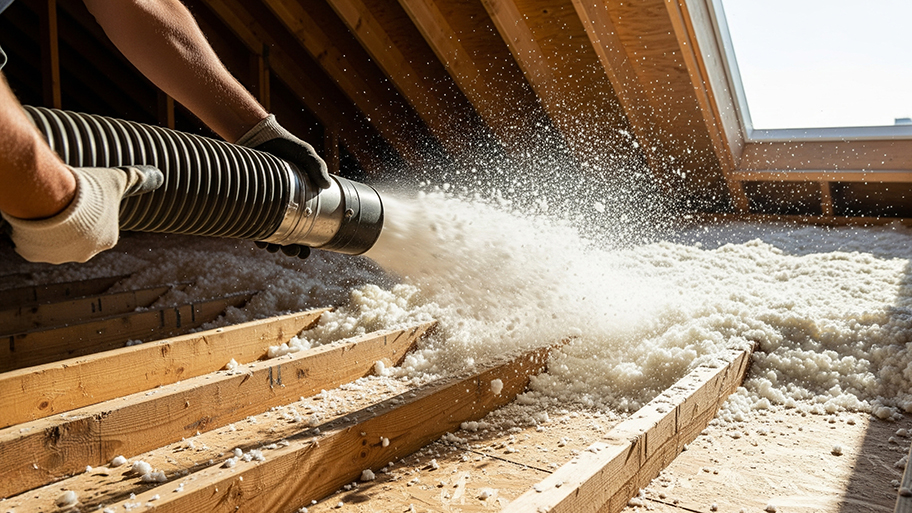
The cost to insulate a basement varies based on materials, size, and other factors, as well as how much of the work you wish to perform yourself.
Injection foam insulation costs typically range from $4,300 to $8,500, with an average of $6,200. You’ll pay more if your pro has to insulate a large area or work high off the ground.


Key injection foam insulation cost factors include the size of your home, the type of foam used, labor rates, and any prep work required.
Injection foam insulation involves pumping expanding foam into wall cavities, boosting energy efficiency and comfort.
Many homeowners recoup costs over time through lower energy bills and increased home value.
Professional installation costs $1.50 to $4.50 per square foot, maximizes performance, and ensures your insulation meets safety standards.
Expect extra costs for add-ons like soundproofing, moisture barriers, or repairs to walls after installation.
This article was created using automation technology and thoroughly fact-checked and edited by an Angi Editor in accordance with our AI policy.
Injection foam insulation cost averages $6,200, with homeowners paying between $4,300 and $8,500 for an average installation. On a per square foot basis, you can expect to pay $1.50 to $4.50, depending on the foam type and the complexity of your installation. Labor rates and prep work vary, but they play a major role in your total investment. Upgrading your insulation helps reduce energy bills and improves comfort. This guide breaks down what impacts the price, ongoing costs, and how to make the most of your budget.

Several factors influence injection foam insulation cost. Let’s explore how the type of foam, project size, materials, labor, prep work, and other considerations affect your final total.
There are a few main types of injection foam insulation: open-cell, closed-cell, and proprietary brands like RetroFoam. Open-cell foam is less dense and costs less per square foot, making it a good fit for interior walls in mild climates. Closed-cell foam offers better moisture resistance and higher insulation value but comes with a higher price tag. Proprietary brands may include unique features or improved performance, which can also affect cost.
Performance and suitability vary. Open-cell is great for sound dampening but less effective as a vapor barrier. Closed-cell excels in humid or extreme climates, making it ideal for exterior walls. Proprietary foams may be designed for retrofitting older homes or maximizing energy efficiency.
| Foam Type | Cost per Sq. Ft. | Application |
|---|---|---|
| Open-cell | $1.50–$2.75 | Interior walls, mild climates |
| Closed-cell | $2.50–$4.50 | Exterior walls, high moisture |
| Proprietary | $2.25–$4.00 | Retrofits, high-efficiency upgrades |
The total square footage you need to insulate is a primary driver of cost. Small projects, like insulating a single room, cost less overall but may have a higher per-square-foot rate due to minimum fees. Whole-home projects or larger areas benefit from volume pricing but have a higher total price. Attics and exterior walls are common targets for injection foam.
| Area (Sq. Ft.) | Average Total Cost |
|---|---|
| 500 | $1,500–$3,250 |
| 1,000 | $2,750–$7,500 |
| 2,000 | $5,500–$15,000 |
| 3,000 | $8,250–$22,500 |
Material costs include the foam resin, additives for fire resistance or moisture control, and the delivery system (hoses, pumps). Open-cell foam is less expensive per unit, while closed-cell and proprietary blends cost more due to added features and performance. The quality and brand of the foam can also influence price—higher-end products may offer better long-term performance and warranties.
| Material Type | Material Cost per Lb. |
|---|---|
| Open-cell foam | $0.60–$1.00 |
| Closed-cell foam | $1.20–$2.00 |
| Proprietary blend | $1.50–$2.50 |
Professional installation is recommended for injection foam insulation. Labor costs can range from $50 to $100 per hour, depending on your location and the contractor’s expertise. Labor makes up a significant portion of the total cost, especially in areas with higher demand or limited qualified installers. Multi-story homes, tight spaces, or the need to remove old insulation can all add to labor time and cost. Tasks such as prepping walls, cleanup, and final inspection are included in labor fees.
Preparation costs cover moving furniture, clearing access to walls, and protecting floors and surfaces. If old insulation must be removed, you’ll also pay for disposal fees. Some homes may need minor wall repairs or modifications before the foam can be injected. Contractors often charge for initial inspections or energy assessments, which help identify the best approach for your home.
Tipping insulation contractors is not a standard industry practice, but it is always appreciated for exceptional work. If you choose to tip, $20 to $50 per worker is standard for larger jobs. Alternatively, offering refreshments or leaving a positive review online is a thoughtful way to show appreciation for a job well done.

Once your new insulation is in place, it’s a good idea to budget for long-term maintenance and related expenses.
Routine inspections help ensure your injection foam insulation stays effective. If foam settles or shows signs of degradation, you may have to pay for touch-up services. Staying proactive with maintenance helps maximize the lifespan and performance of your insulation.
Injection foam insulation can significantly reduce your heating and cooling bills. Many homeowners see annual energy savings of 10% to 30%, depending on their climate and home size. Monitoring your utility bills and maintaining your HVAC system will help you track savings and keep your home running efficiently.
Occasional repairs may be needed if foam is damaged, moisture issues develop, or areas need re-injection. Many foam products come with warranties that cover certain repairs, so check your coverage before scheduling service.
Upgrading your insulation can impact your homeowners insurance premium. Some insurers offer discounts for improved energy efficiency or fire resistance. However, it’s important to confirm coverage for any damage related to insulation failure or improper installation.
You can save on injection foam insulation cost by tackling the project yourself, but there are important trade-offs. DIYers need to purchase materials, rent equipment, and invest in safety gear. While you avoid labor charges, DIY installation risks improper sealing, voided warranties, and possible property damage. The project can take several days for an inexperienced installer, compared to one to two days for a professional crew.
Professionals bring expertise and ensure a safe, thorough installation. Mistakes with foam can be costly—poor insulation can lead to moisture problems, energy loss, or expensive repairs down the line. For most homeowners, hiring a pro offers peace of mind and long-term value.
| Installation Type | Cost per 1,000 Sq. Ft. | Pros | Cons |
|---|---|---|---|
| DIY | $1,800–$2,500 | Lower upfront cost | Risk of improper install, no warranty |
| Professional | $2,000–$3,000 | Quality, warranty, efficiency | Higher upfront cost |
Many homeowners choose to enhance their insulation project with optional upgrades. Soundproofing costs add $10 to $30 per square foot. Installing a moisture barrier, especially in basements or humid climates, also costs extra. Fire-retardant additives may add more to your bill, depending on the size of the project.
After installation, wall repairs or repainting cost $200 to $2,000. Upgrading to a higher R-value foam for better energy efficiency may increase material costs by 10% to 20%. For comprehensive energy upgrades, some homeowners combine injection foam with other insulation types, such as spray foam or batt insulation, for an additional $0.30 to $6.75 per square foot.
Let’s look at a few ways to keep your injection foam insulation cost manageable:
Get multiple quotes from licensed insulation contractors to compare pricing and services.
Schedule installation during off-peak seasons, when demand is lower and discounts may be available.
Prepare the site yourself by moving furniture and clearing wall access to reduce labor hours.
Bundle insulation with other home improvement projects to take advantage of package deals.
Choose the right foam type for your climate and budget to avoid paying for unnecessary features.
Maintain your insulation with regular inspections to prevent costly repairs in the future.
Home is the most important place on earth, which is why Angi has helped more than 150 million homeowners transform their houses into homes they adore. To help homeowners with their next project, Angi provides readers with the most accurate cost data and upholds strict editorial standards. We extensively research project costs to develop the pricing data you see, so you can make the best decisions for you and your home. We rely on reputable sources, including the U.S. Bureau of Labor Statistics, academic journals, market studies, and interviews with industry experts—all to ensure our prices reflect real-world projects.
Want to help us improve our cost data? Send us a recent project quote to [email protected]. Quotes and personal information will not be shared publicly.
From average costs to expert advice, get all the answers you need to get your job done.

The cost to insulate a basement varies based on materials, size, and other factors, as well as how much of the work you wish to perform yourself.

How much does a radiant barrier cost? Our guide breaks down prices by type of barrier and size of your attic space.

The cost of blown-in insulation costs varies depending on the type of insulation, labor, prep work, and more. Learn more about the cost factors in this guide.

Asbestos-containing insulation is banned or restricted in many countries, but it's still found in some homes. Use this guide to identify if you have the hazardous material in your home.

It’s important to know when to use R13 versus R15 insulation to maximize temperature control and energy savings. Learn more about each of these popular insulation options.

How much does attic insulation help with temperature regulation? As long as it’s properly installed, it can affect your home’s temperature by several degrees.